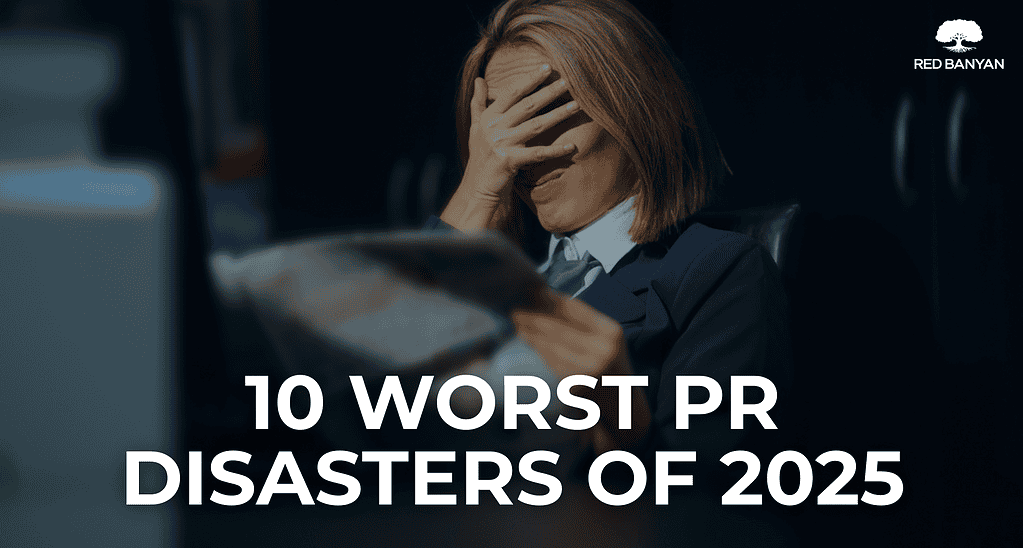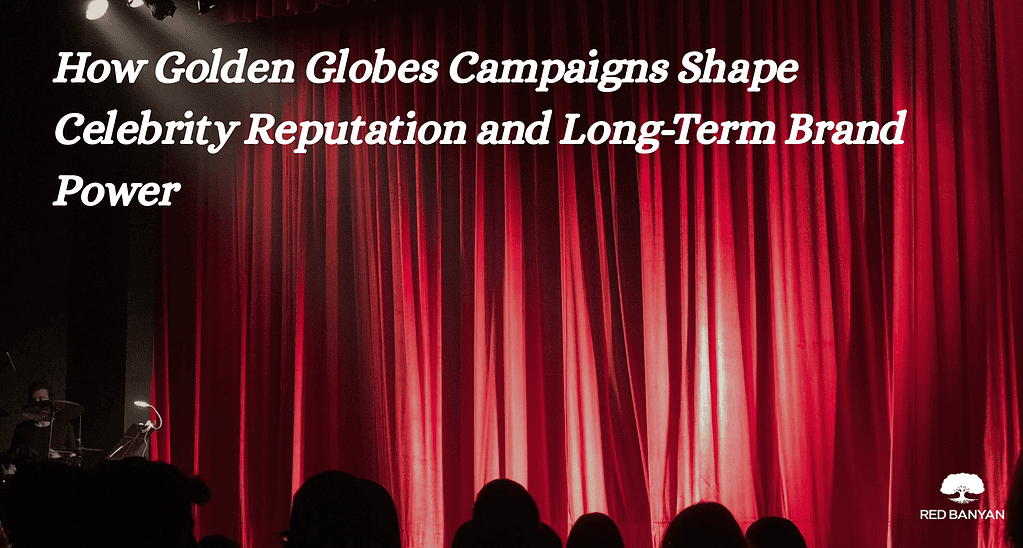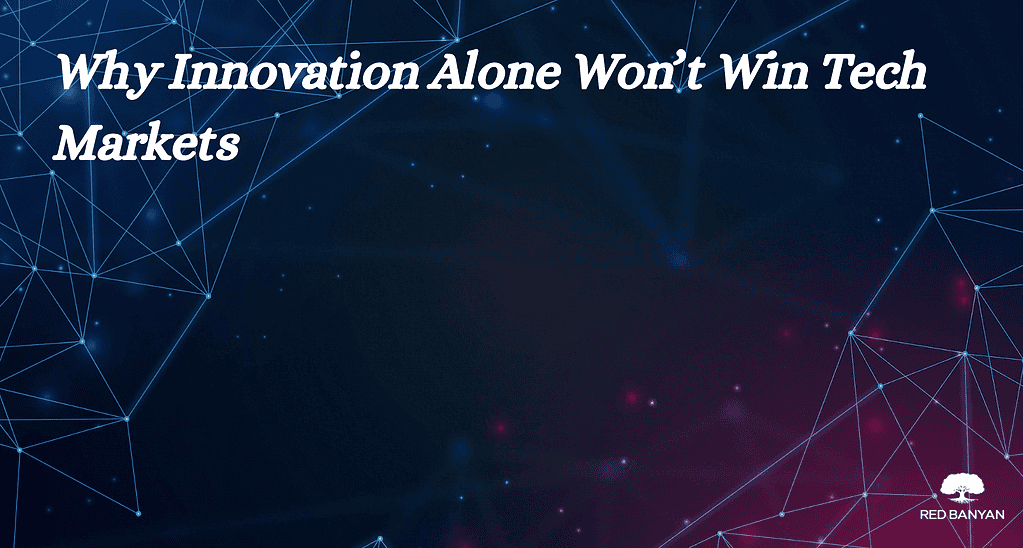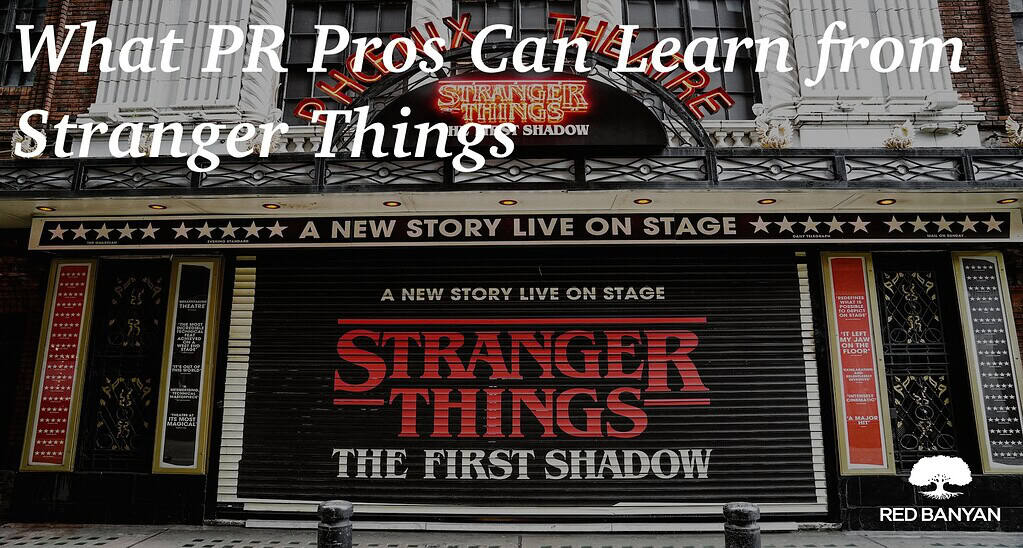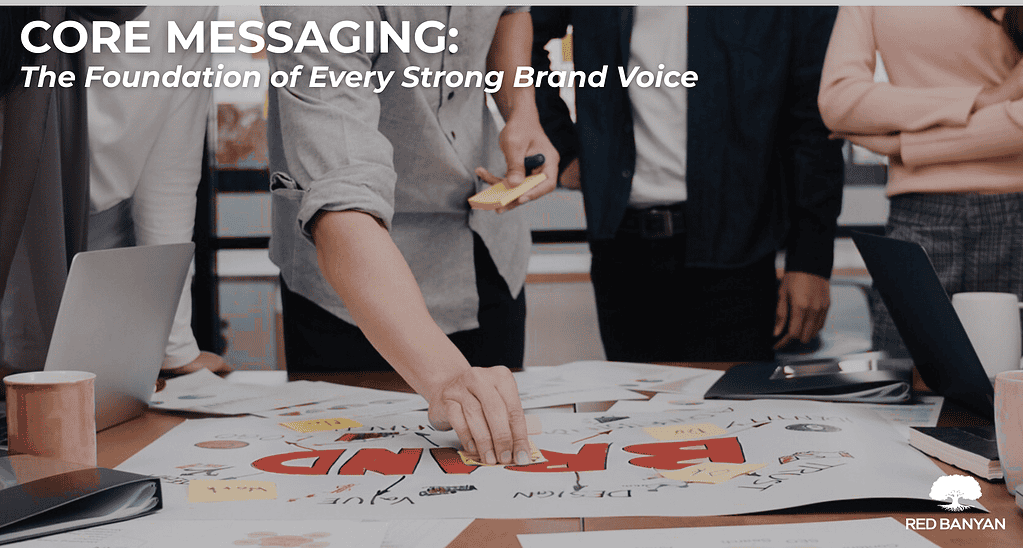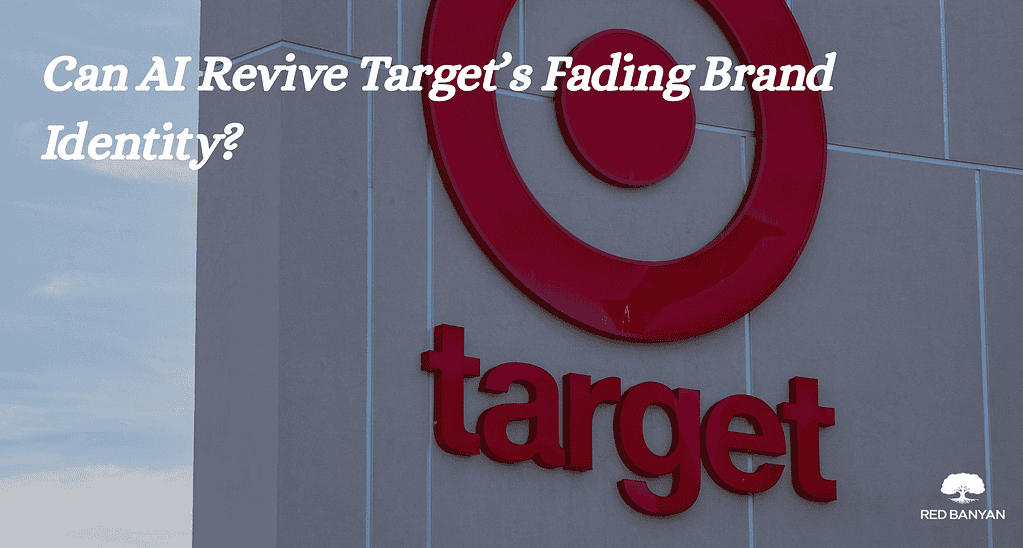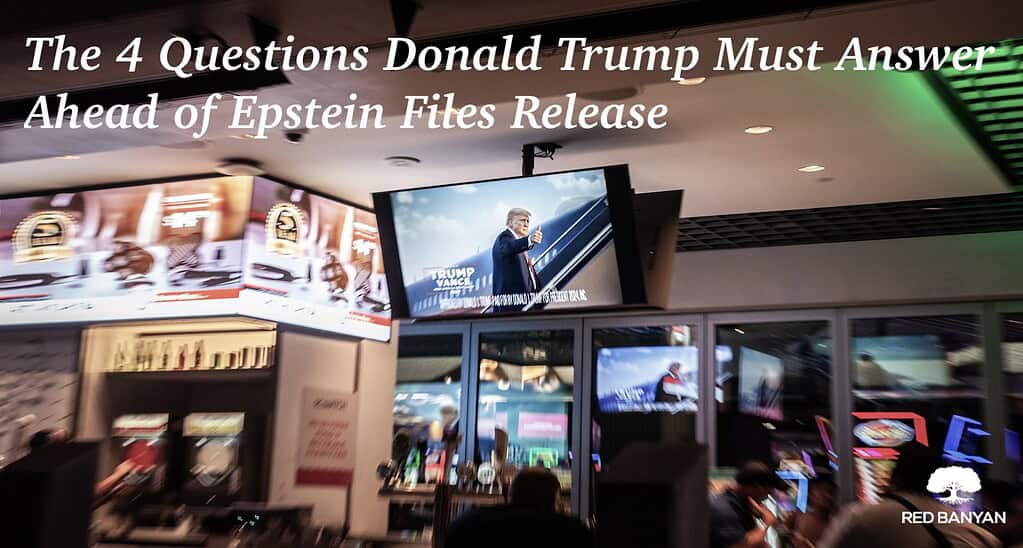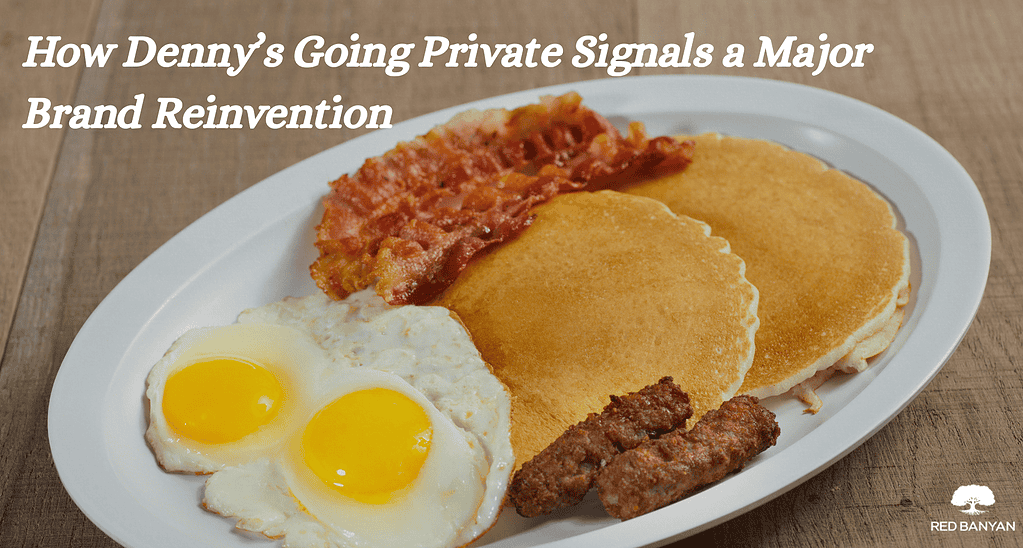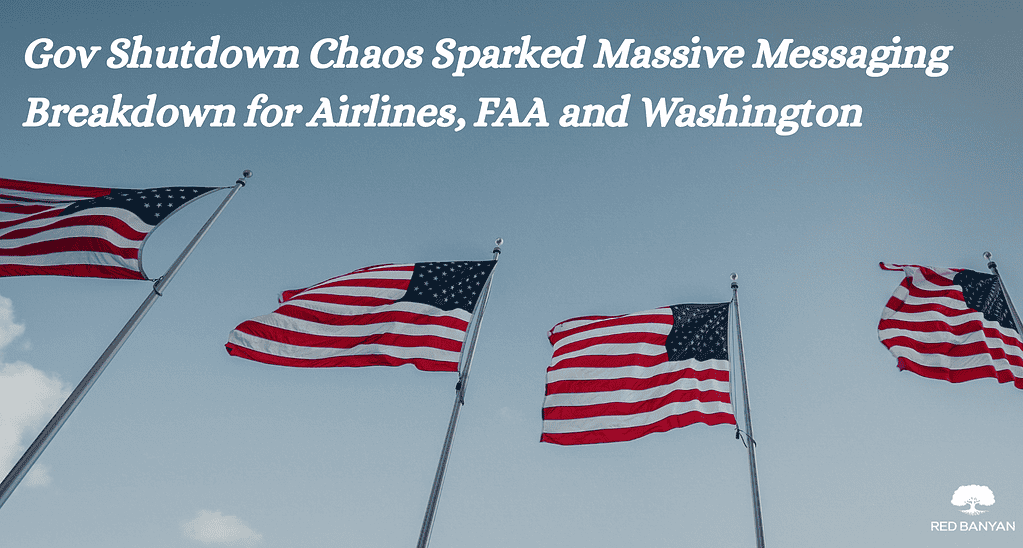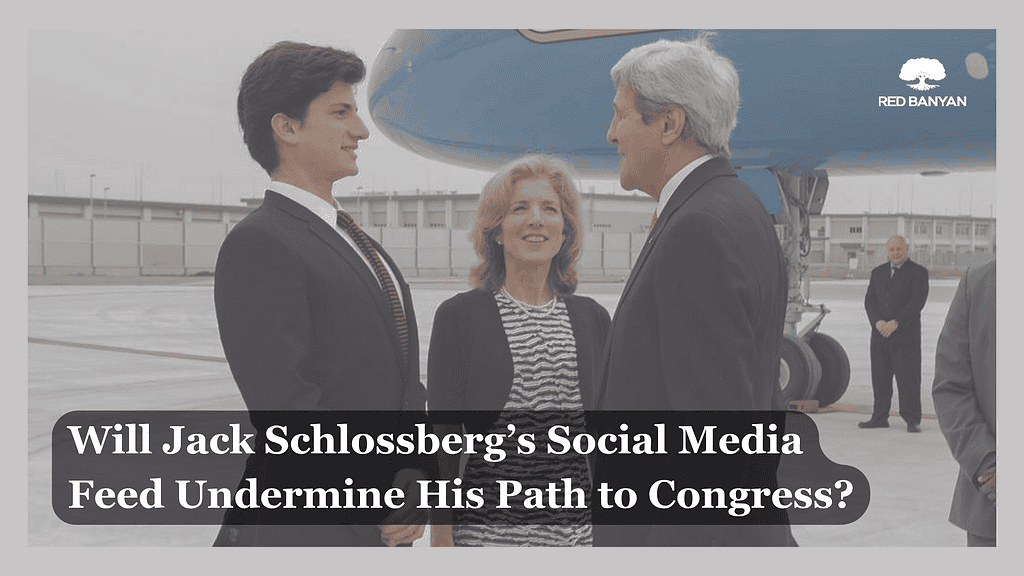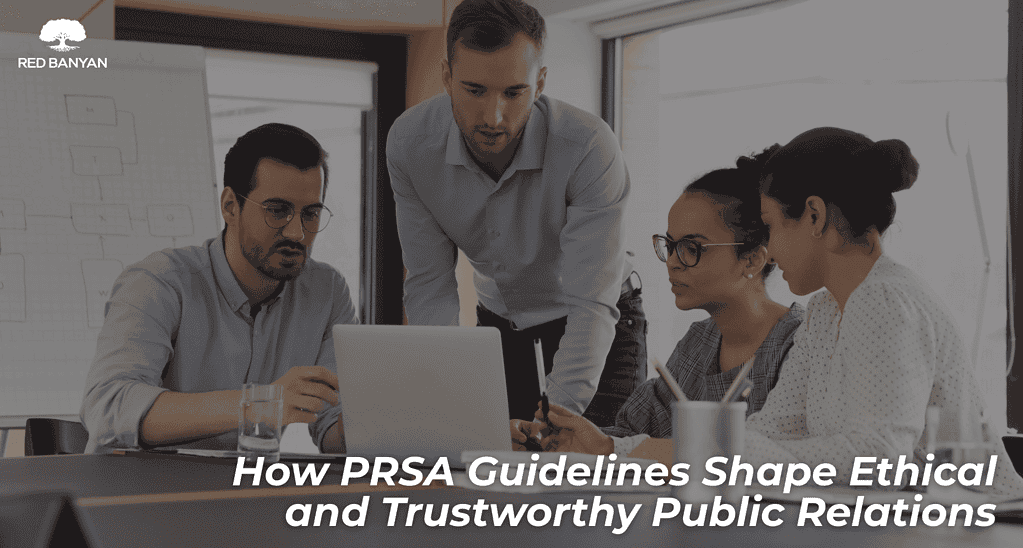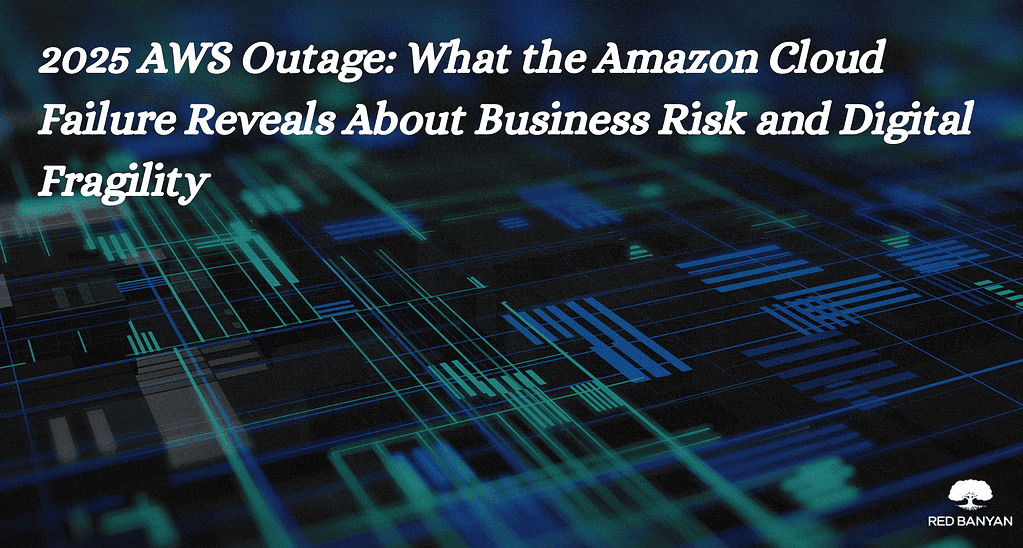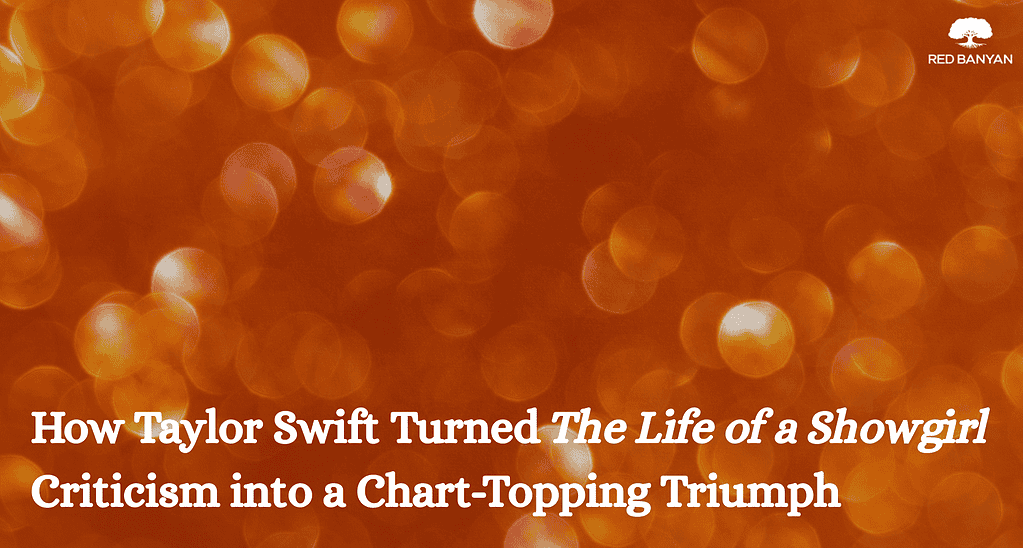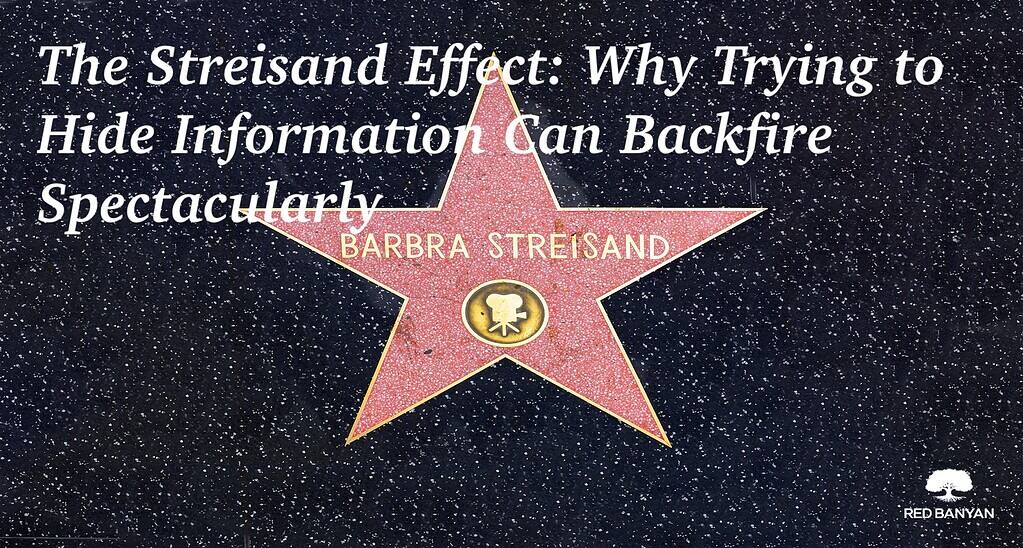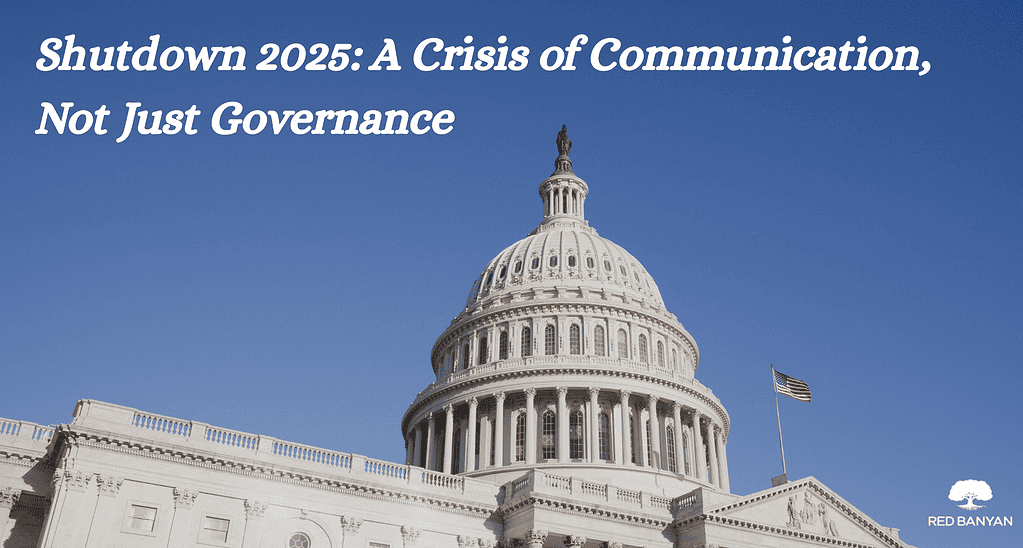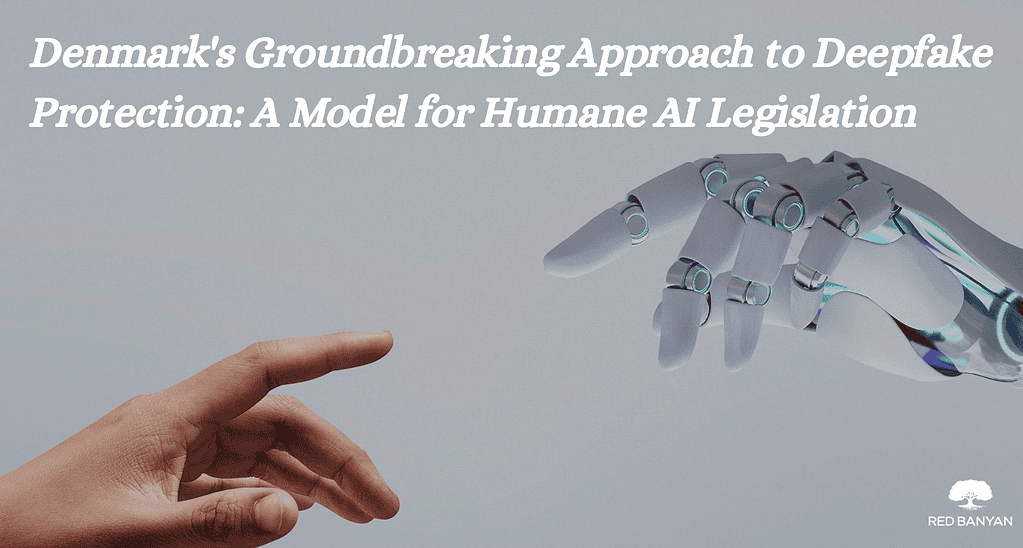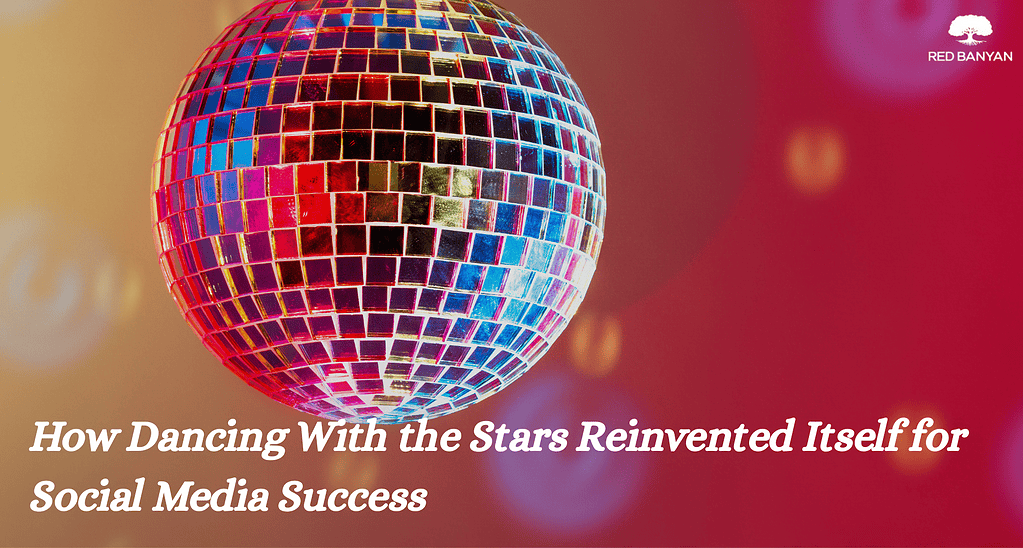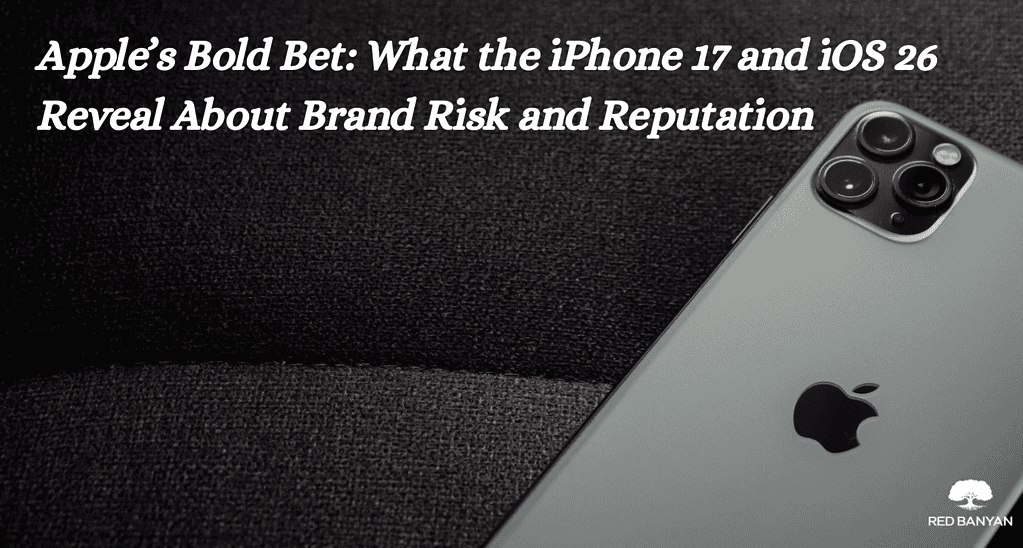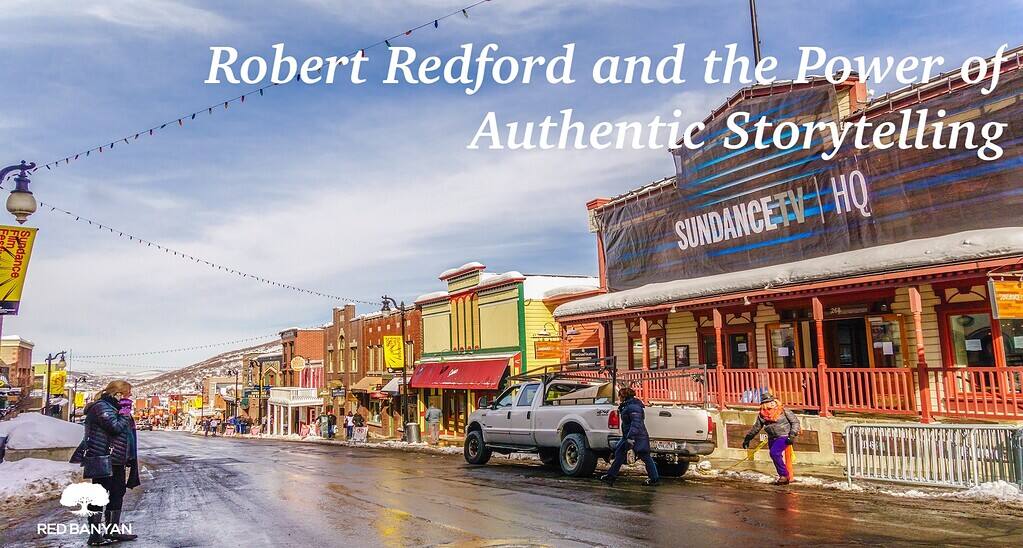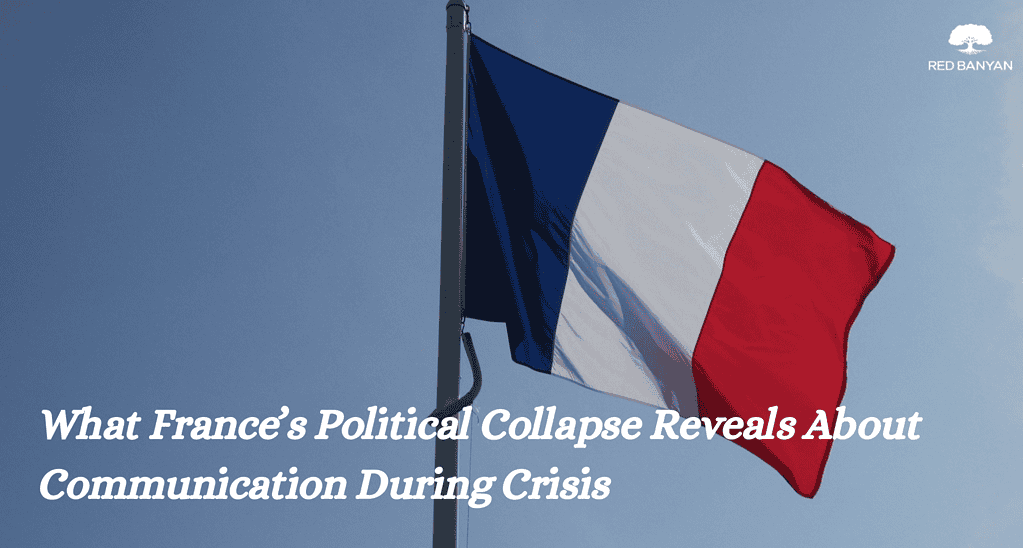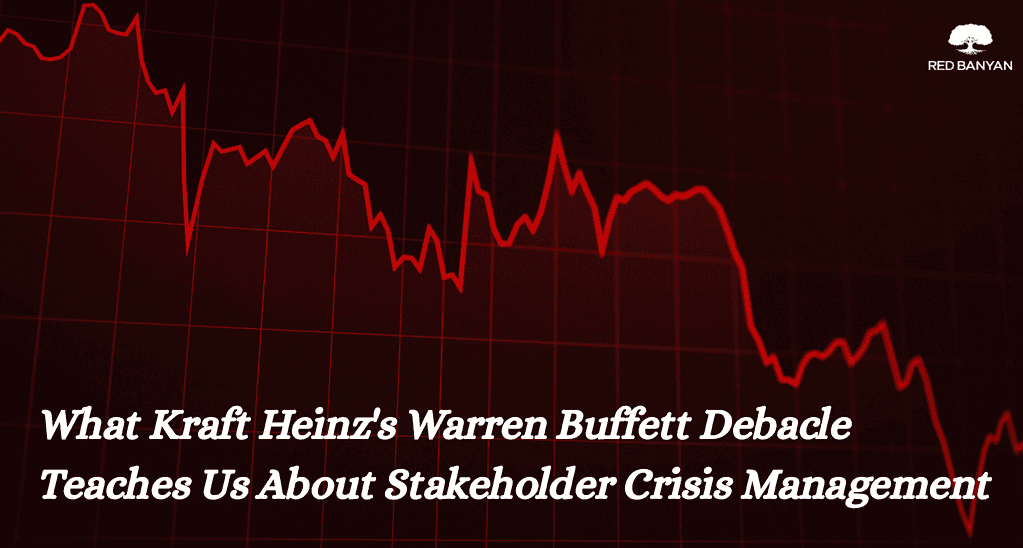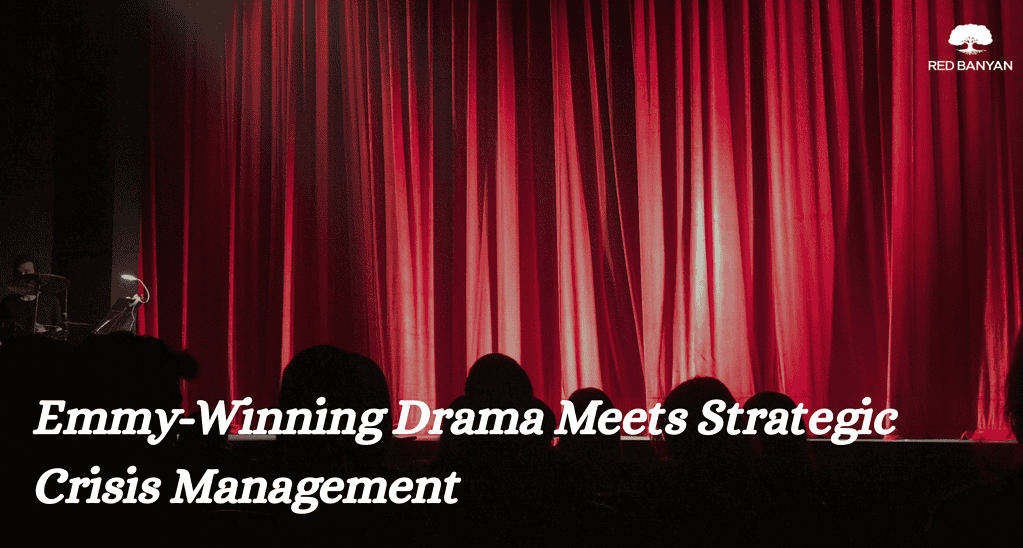This summer brought a few familiar sights. Demi Lovato stepped on stage with the Jonas Brothers. Weezer ran through songs that have lived in people’s heads for decades. Timelines filled with clips, comments, and lyrics posted from memory. For a few minutes, people were back in carpools, school gyms, and first apartments. These events revealed how easily a single moment can unlock layers of personal and collective history, turning entertainment into something far more enduring.
From brands resurrecting classic products to streaming platforms reviving old TV shows, the nostalgia wave has shifted from a fleeting trend to a powerful marketing tool. For PR professionals, this trend presents a unique chance to tap into a deep emotional connection, reaching audiences in ways that go beyond product features or price points.
Why Nostalgia Connects with Audiences Today
Nostalgia thrives in uncertain times because it offers a sense of stability when the world feels chaotic. Economic shifts, political uncertainty, and global crises have all contributed to widespread anxiety. Familiar songs, vintage designs, and classic products serve as emotional anchors, reminding people of simpler, happier moments. In public relations, this emotional bond is invaluable. Trust and relatability are essential for engagement, and nostalgia effortlessly taps into both.
Nostalgia gives PR campaigns a way to link a brand’s history with its current story, making messaging feel both familiar and timely. Done right, it positions a brand as a timeless presence, standing strong in a rapidly changing world. That is why brands across industries are using nostalgia to capture attention and reignite customer loyalty.
How Nostalgia Works in PR
Public relations thrives on storytelling, and nostalgia offers a rich narrative goldmine. When a campaign draws on shared cultural memories, it doesn’t need to start from scratch. Instead, it harnesses emotions people already have.
Nike’s revival of the Air Force 1, Adidas bringing back the Samba, and streaming reboots like That ’90s Show demonstrate how brands can harness nostalgia effectively. Fashion trends like low-rise jeans and platform sneakers are similarly resurfacing, bridging generational gaps and drawing attention to both legacy and contemporary relevance.
These campaigns work when they feel authentic. Audiences can detect when a nostalgic reference is forced or opportunistic. Successful PR strategies select touchpoints that align with brand identity and resonate with core audiences.
How PR Teams Can Make Nostalgia Work for Them
Nostalgia is most effective when it enhances a brand’s story rather than serving as a gimmick. The trick is to weave nostalgic references into the brand’s ongoing narrative, making them a natural fit instead of a fleeting trend. A prime example is Burger King’s logo redesign, which nods to its 1969 logo, evoking a classic feel while staying relevant today. Similarly, Pepsi’s refreshed logo is a modern take on its 1980s design, re-establishing a bond with loyal fans while appealing to contemporary consumers.
When executed well, nostalgia can transform a PR strategy. It connects with audiences on an emotional level while reaffirming the brand’s relevance. Successful campaigns strike the right balance, honoring the past while setting the stage for the brand’s future. In doing so, they ensure the nostalgia effect is both authentic and impactful.
The Bottom Line
In uncertain times, nostalgia surfaces as a shared desire for comfort and connection. Brands that engage with it thoughtfully find audiences more receptive and loyal.. At Red Banyan, we specialize in creating PR strategies that blend nostalgia with modern-day relevance. Our campaigns not only capture attention but also inspire action, helping brands stay ahead of the curve.
Are you ready to craft a strategic PR plan that resonates with your audience? Contact Red Banyan today and speak with our experts in PR strategy and branding.


